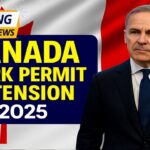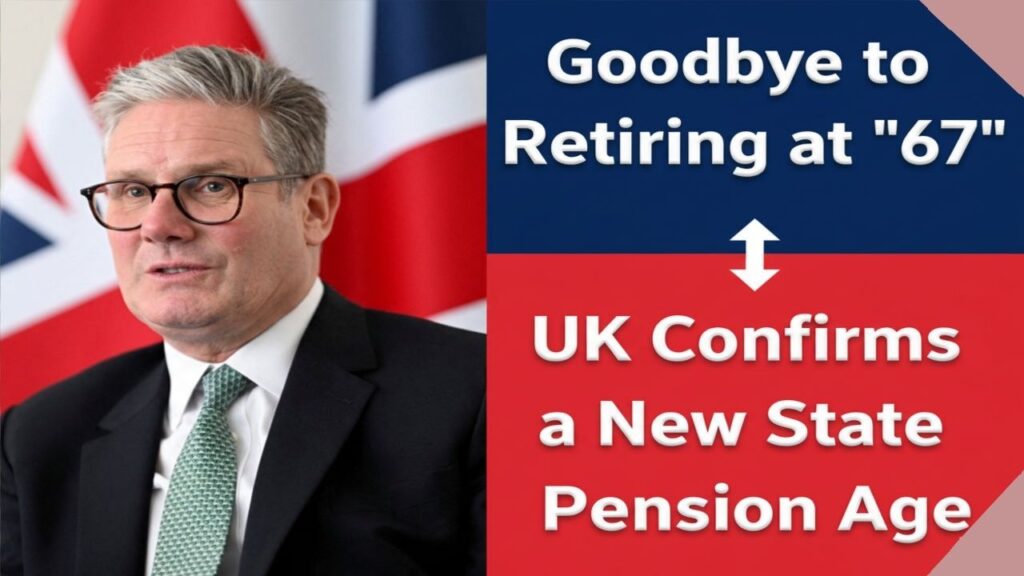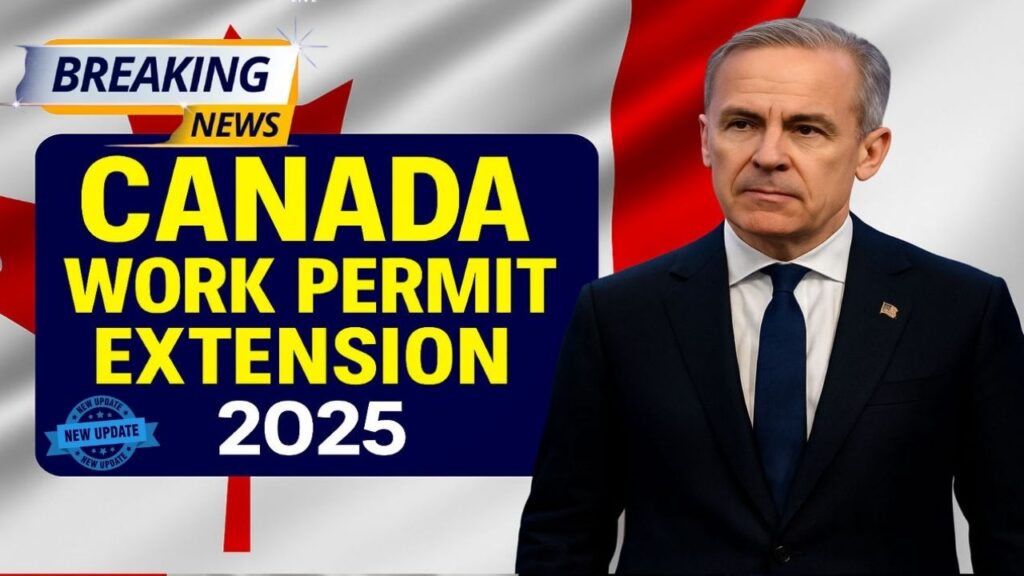After years of sub-1% real GDP growth and chronic under-investment, South Africa appears to be edging out of a prolonged period of economic stagnation. No one is promising a sudden leap to 5% growth the level widely cited as necessary to dent mass unemployment but a cluster of reforms and confidence gains suggest the cycle is turning. What seems to be ending is the era of near-zero growth and entrenched pessimism. In its place: slow-build progress, improving business sentiment, a bolder role for private capital in network industries, and early signs that structural changes are beginning to bear fruit.
Table of Contents
This guide rewrites and organises the key developments: why confidence is improving, which reforms matter most (electricity, logistics, procurement, and financial integrity), what could still derail the momentum, and how companies and households can position for a steadier upturn.
End of an Era for South Africa Quick Summary

Item |
Details |
|---|---|
Headline shift |
South Africa is moving off a sub-1% growth “floor” toward a modest but firmer expansion path. |
Confidence pulse |
Business, civil, and consumer confidence have ticked higher together rare in recent years. |
Reform pillars |
Electricity market opening, private logistics participation, governance fixes, and FATF grey-list exit work. |
Market signal |
Local equities (MSCI SA) recorded their strongest year in decades, lifting sentiment even as real-economy gains lag. |
Keystone outcomes |
Load-shedding markedly reduced; port and rail concessions advancing; maintenance catch-up at Eskom. |
Risks |
Water stress, weak global trade, reform slippage, fiscal pressure. |
What to watch |
Grey-list removal steps, corridor concessions at Transnet, private-power build-out, GNU stability, project delivery. |
Official site |
Why This Looks Like the End of Stagnation
For most of the past decade, South Africa lived with a near-permanent drag: energy shortages, creaking logistics, low capital formation, and a confidence cycle that deterred private investment. In 2024–2025, that backdrop began to shift. Multiple reform strands though gradual and uneven are now intersecting:
- Confidence breadth: Business, civil, and consumer sentiment have moved higher together something that has been rare. Confidence does not replace growth, but it precedes investment and hiring decisions.
- Private capital crowd-in: Reforms in electricity and logistics are attracting billions in private investment, with clear operational spinoffs (additional megawatts, maintenance windows, and throughput improvements).
- Market validation: South African equities have logged their best year in roughly three decades. Markets are not the economy, but when valuations and liquidity improve, they lower the cost of capital and embolden new projects.
The Reform Pillars Driving Momentum
1) Electricity: From Crisis Management to Capacity Build
- Private generation scale-up: Corporate power purchase agreements and self-generation have accelerated, easing strain on Eskom and enabling deeper plant maintenance.
- Load-shedding relief: Additional private capacity plus maintenance catch-up have materially reduced outages an immediate productivity boost and a confidence catalyst.
- Tariff pressure moderation: While electricity remains expensive, fewer emergency outages and better planning can help temper future price spikes compared with crisis periods.
Why it matters: Reliable power lifts capacity utilisation across mining, manufacturing, retail, and services. It also lowers the risk premium on new investment decisions.
2) Logistics: Opening Corridors and Terminals to Operators
- Concessions in motion: Transnet has begun to concession key rail corridors and introduce private operators in port terminals (e.g., Durban container operations).
- Operational quick wins: Two major ports ranked among the most improved year-on-year, off a low base. Small throughput gains compound across an export-led economy.
Why it matters: Logistics throughput determines export earnings, inventory cycles, and working capital needs. Marginal improvements translate into real GDP tailwind.
3) Financial Integrity: The Grey-List Exit Path
- Action plan completion: South Africa has progressed its Financial Action Task Force (FATF) remediation. Exit from the grey list anticipated in late-2025 should lower compliance friction and improve cross-border funding conditions.
Why it matters: Reduced AML/CFT frictions can improve bank risk appetite, inward investment flows, and the cost of capital for firms.
4) Governance and the GNU “Shield”
- Government of National Unity (GNU): A broader governing coalition can provide political cover for technocratic reforms especially where concessions and private participation are sensitive.
Why it matters: Reform delivery needs policy continuity. The GNU can lengthen the runway though not guarantee it.
The “Low Base” Effect: Why Small Improvements Can Feel Big
Years of muted capital formation, deferred maintenance, and structurally weak growth left the economy with slack. That is bad for prosperity but it also means incremental progress can produce outsized gains:
- A few thousand additional megawatts can flip the power balance from deficit to stability.
- Modest turnarounds in port dwell times and rail reliability can meaningfully lift export receipts.
- Rising confidence nudges corporate cash off the sidelines into fixed investment, creating a virtuous cycle.
What Could Still Go Wrong (Key Risks)
- Water systems stress: The next infrastructure frontier. Persistent outages or quality issues could cap growth, especially in urban and industrial nodes.
- Global trade headwinds: Slower external demand and shipping disruptions would weigh on export earnings and commodity prices.
- Reform slippage: Some reforms are reversible. A change in political calculus could stall private participation or slow concessions.
- Fiscal pressure: Revenue softness, SOE support needs, and contingent liabilities can crowd out growth-friendly spending if not contained.
Economic Growth Could Triple From a Low Base
Analysts argue that with steady execution, growth can multiply off today’s floor not to 5% immediately, but from sub-1% to a more respectable 2–3% band. The main engine is infrastructure investment water, roads, electricity, rail, and ports. This is the economy’s base layer: get it working and productivity, jobs, and private capex follow. Confidence then amplifies the effect, drawing sidelined corporate cash into plant, equipment, and logistics upgrades.
Signals to Track Over the Next 12–18 Months
- Power additions and outages: Quarterly new private capacity, unplanned outage rates, and Eskom maintenance windows.
- Port and rail KPIs: Ship turnaround, crane moves per hour, corridor volumes, concession milestones.
- Grey-list outcome: Timing and sequencing of the FATF exit and the response of banks and cross-border investors.
- Fixed investment trend: Gross fixed capital formation (public + private) and tender pipelines for water and roads.
- GNU cohesion: Policy continuity indicators and legislative throughput for enabling reforms.
What Businesses and Households Can Do Now
For businesses
- Front-load maintenance and debottlenecking while power stability holds.
- Lock in logistics capacity via long-term contracts with performance SLAs where possible.
- Position for concessions and PPPs partner early, line up financing, and prepare compliance.
For households and savers
- Diversify income streams and review retirement plans with more stable power and logistics assumptions.
- Invest in efficiency (insulation, solar, water saving) to lower exposure to utility shocks.
- Stay informed on municipal infrastructure projects that affect property values and service reliability.
Frequently Asked Questions (FAQs)
1) Does this mean 5% growth is around the corner?
No. The message is about leaving stagnation, not leaping to high growth. A realistic path is a gradual climb toward the 2–3% range if reforms hold.
2) Is load-shedding truly over?
Outages have eased markedly thanks to private capacity and maintenance, but durable stability depends on sustained additions and disciplined upkeep.
3) What will unlock faster growth?
Infrastructure delivery (power, ports, rail, water), logistics efficiency, and policy continuity that keeps private capital engaged.
4) Why do markets look so strong if the economy is still weak?
Markets are forward-looking and price reform prospects, earnings recovery, and lower risk premia. The real economy lags but benefits if reforms continue.
5) What is the importance of the FATF grey-list exit?
It reduces friction in cross-border finance, improves bank risk appetite, and can lower funding costs all supportive of investment.
6) Could reforms be reversed?
Some steps are sticky (contracts, concessions); others are politically reversible. That is why GNU stability and institutional safeguards matter.
7) Where else are reforms needed most?
Water infrastructure and governance, municipal capacity, and skills pipelines linked to investment projects.
8) How can SMEs benefit now?
By plugging into supply chains tied to power, logistics, and maintenance projects; and by leveraging export opportunities as logistics improve.
For More Information Click HERE











